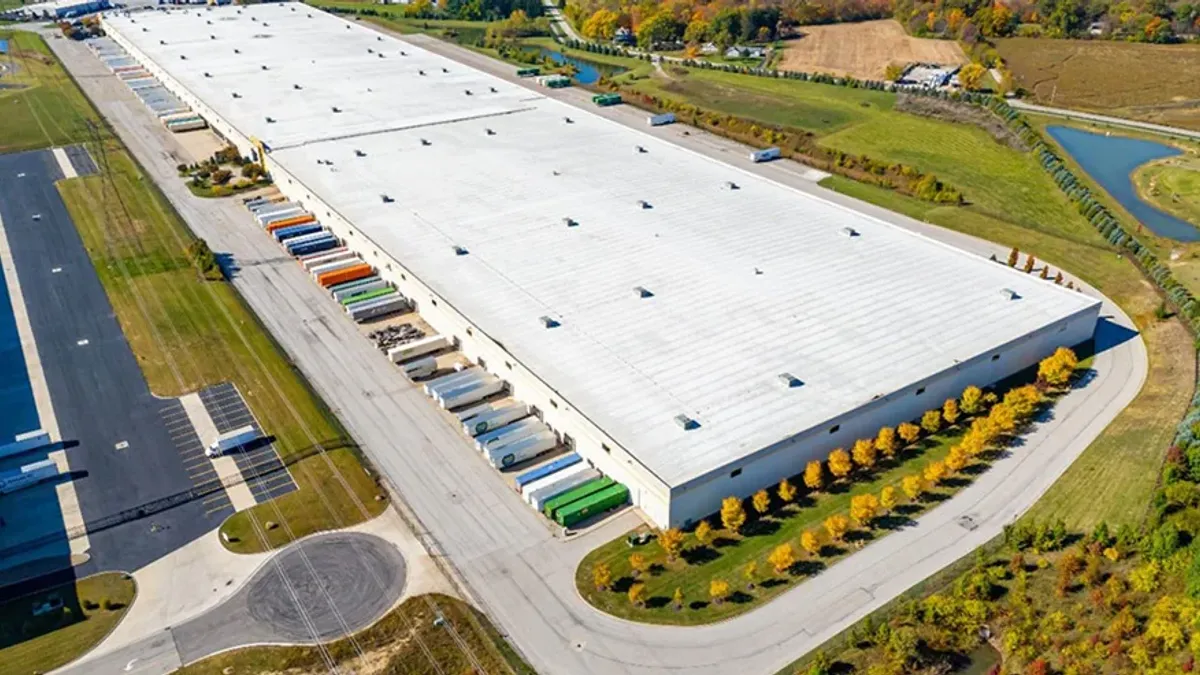Editor's Note: The following is a guest post contributed by Bill McHenry, senior product manager at Omnitracs, an SaaS fleet management solutions company.
In today’s world, the sharing economy is becoming the norm. Items such as bicycles, cars and even homes can be rented or offered through peer-to-peer exchange. This type of marketplace is generally cost effective and gives others the flexibility to find accommodations wherever they go.
The sharing economy is not only for consumer transactions, but also translates into industries such as transportation and the supply chain.
Specifically with trucking, load boards, also known as freight boards, have become increasingly popular and are popping up all over the internet. Many of these load boards are growing in sophistication, allowing shippers, carriers, and freight brokers to find each other and enter into agreements to move freight.
Though not a new concept, transportation companies are relying on the sharing economy more and more as freight rates become more competitive and the driver shortage worsens.
Carriers willing to explore new opportunities through new technology find themselves with better rates and more business through the use of Silicon-valley based organization like Uber and Convoy entering the space. These organizations are improving efficiency by streamlining the process of connecting trucks to loads.
So how is the transportation industry evolving with the sharing economy trend?
The sharing economy and trucking
Trucking companies benefit by using this system in a few ways. First, load boards allow carriers to search for freight faster and easier.
Second, companies who post freight can save money and improve customer service efforts, especially during peak times or if they are working with a lean staff.
Deadheading is rarely cost effective and drives up company expenses. In addition, drivers like to drive, not wait around for loads. The more time they wait, the more likely they will contribute to the driver turnover.
The sharing economy ultimately allows trucking companies to fill empty trucks with loads they would not have otherwise, while companies with freight are getting loads hauled at competitive rates.
Mobile apps like Uber Freight not only help these independent drivers connect with loads, but also get paid faster by the hiring organization. By streamlining the workflow, the simplified process allows drivers using Uber Freight to be paid within a few seconds of a delivery, rather than weeks after a job. It’s a win-win.
The evolution with the transportation industry
More industries are replicating this sharing market, which has led to the “uberization” phenomenon. However, transportation differs from other industries, since moving freight can have a major business impact if done incorrectly.
Shippers must be able to trust the carrier who will move their freight, because the company’s reputation and money are on the line. Trucking is always going to be about relationships and goodwill which needs to be considered by everyone who is trying to enter this industry.
Over the years, freight sharing has become more advanced with technology. Third party technology companies are bridging the gap between shipper and carrier through mobile applications or online services.
Convoy, for example, connects small to mid-size shippers with larger corporations like Unilever and Anheuser-Busch. The startup raised $62 million in Series B funding last year, proving that business moguls and investors are seeing transportation brokerage, or the sharing economy, as a growing sector in the transportation and logistics market.
Further, multiple Software-as-a-Service (SaaS) solutions like Omnitracs’ Sylectus Connect, are designed to expand a fleet’s network by connecting reliable carriers with resources throughout the nation. With all of these solutions, and many others on the market, fleets in Washington state are picking up loads in Florida, and the results and ROI are impressive.
Working with the sharing economy in 2018
With the technology solutions in place, what’s next for the sharing economy as we enter into 2018? First, organizations who utilize the sharing economy are going to rely heavily on the relationships previously built, especially when looking at small to mid-size fleets.
Trust and commitment will continue to be the number one priority in 2018.
We will also continue to see businesses across the globe developing new mobile apps and third-party solutions, striving to capture a piece of the $726 billion industry.
However, the trucking industry is not a commodity business, so the sharing economy model is not a cookie cutter approach for our organizations. When looking at new solution options in the new year, ask questions such as:
- How are they validating and controlling which carriers can participate in their network?
- What types of loads are available? Are the freight rates competitive? How fast do they pay?
- Does the organization have the funding to keep the system up and running, while fixing bugs and growing its network?
- What is the company’s security policy? Do they work on a preventative, detective or responsive model?
- Do they track and record current customer concerns?
Although new technologies and work styles are infiltrating the industry, trucking will continue to stick to its roots. The transportation industry is built with goodwill at the foundation, which is directly correlated to the success of the sharing economy in the future.
Bill McHenry is a senior product manager at Omnitracs, an SaaS fleet management solutions company for the transportation industry.





















